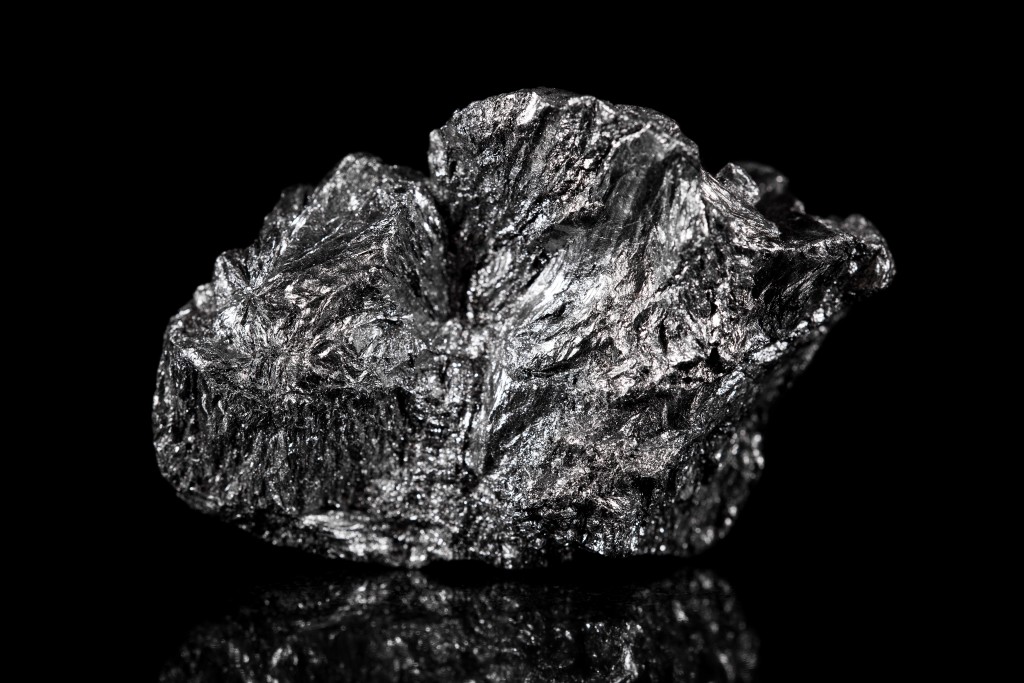We’ve all known that precious minerals have always held the most sway over our aesthetics. Aside from being used as decorative pieces of jewelry, there are some actual benefits to having these materials over the things we use every day. Diamond drills, gold-electric plating, and bronze conductors are just some of the applications we are familiar with.
Given that these materials are already valuable (and even more so when combined with other materials), it may seem like a good idea to have investing strategies for silver, gold, and other minerals. While the price of these materials will always be high, you should be aware of a variety of risks.
Market Information is Often Closely Protected
The price or use of precious metals is well known, but some niche applications are only starting to be discovered. This makes insider knowledge in the market extremely rare and often remains closely guarded among competitors.
This presents an immediate problem to anyone who is just looking to invest for the first time. Where or who do they go to? Some stocks and bonds in the mineral industry can be traded and sold publicly, but the majority of market movement occurs under the table. It’s not only consumer or public demand that shapes the price of the minerals on the market, but also new applications that may not necessarily be limited to commercial use.
The Price Can Change Instantly

One of the riskier aspects of mineral investing is that the pricing is high as a baseline, but can often shift between a high or low margin based on factors that can’t be controlled. One of the biggest issues along these lines is the upcoming generation that has buying power.
While the older generations still have the majority of the buying capital in their coffers, the Millennials and the generations after them have now started to saturate the buyer’s market. If research is anything to judge by, these younger folks have little to no interest in buying precious minerals such as diamonds; instead, they are opting for alternatives or other types of minerals.
Advances in Technology
One of the biggest issues that can impact the minerals industry is innovations in mineral fabrication. While the majority of the world’s minerals is still mined from the earth, there is an ongoing and steadily growing push to manufacture synthetic gems that rival or even surpass the elements in their original state.
This doesn’t mean you shouldn’t invest in minerals anymore. However, you also need to consider the newer, burgeoning areas of the minerals market that would’ve been unthinkable investment opportunities a decade ago. In today’s shifting market, it’s important to balance the old with the new.
With all the challenges cited above, it becomes easy to see why getting an investment strategist should be an essential consideration for any serious investor. Not only do they have connections and information that will help you survive in an extremely competitive market; you also have the assurance that their experience can back you up in times of shifting prices and other challenges.






